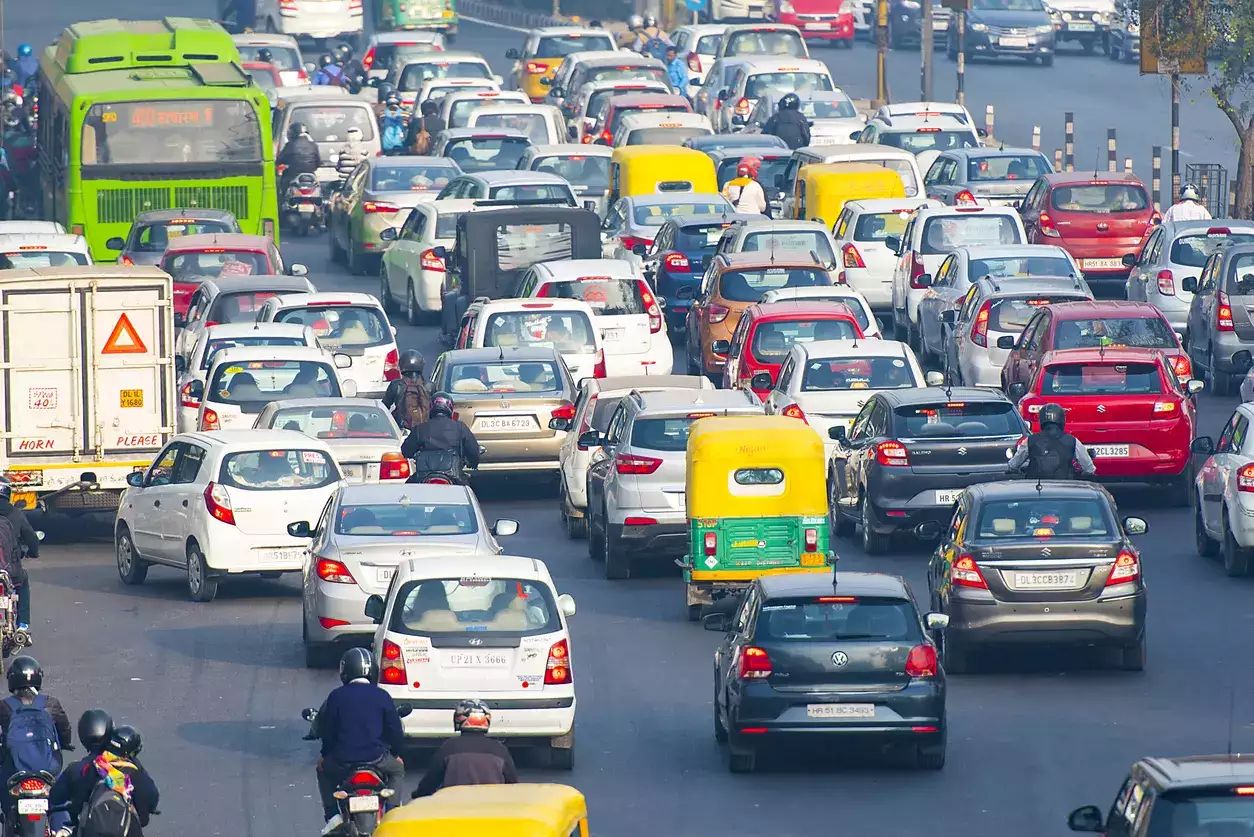
The rise in two-wheeler sales is primarily attributed to a thriving rural economy, positive monsoon effects, and government support programs aimed at enhancing rural incomes. In addition, the segment benefited from the introduction of new products and better stock availability. Despite challenges like market slowdowns in certain areas, excessive rains, and increased competition, two-wheeler sales also saw an uptick in electric vehicle (EV) sales due to discounts and the EMPS scheme deadline.
Passenger vehicles saw robust growth, driven by factors like new model launches and attractive pricing strategies. Dealers benefited from good product availability, attractive schemes, and a wider product range. However, challenges such as heavy rains, low consumer sentiment, and intense competition posed hurdles. Some dealers managed to sustain sales through strong promotions and incremental discounts.
"The 2W segment experienced notable growth due to a thriving rural economy, positive monsoon effects, and government support programs enhancing rural incomes. The introduction of new products and better stock availability also contributed significantly, despite market slowdowns in certain regions, excessive rains, and increased competition. The segment also saw an increase in EV sales due to discounts and EMPS scheme deadline," said FADA Vice President C S Vigneshwar.
Passenger vehicles saw robust growth too. "PV sales saw a robust 14% growth, driven by new model launches and attractive pricing strategies. Dealers reported benefits from good product availability, attractive schemes, and a wider range of products. Nonetheless, heavy rains, low consumer sentiment, and intense competition posed challenges. Some dealers managed to sustain sales through strong promotions and incremental discounts," Vigneshwar said.
Inventory levels have surged to a historic high of 67-72 days, amounting to INR 73,000 crores in stock. This increase poses a significant risk for dealer sustainability. FADA has urged PV OEMs to remain vigilant about potential dealer failures due to these high inventory levels. Further, they recommend the Reserve Bank of India mandate financial institutions to implement stringent checks before releasing inventory funding. Dealers' consent or collaterals should be required to prevent the escalation of non-performing assets (NPAs).
"This growth is accompanied by a significant concern. Inventory levels have surged to a historic high of 67-72 days, equating to INR 73,000 crores worth of stock. This poses a substantial risk for dealer sustainability, necessitating extreme caution. FADA urges PV OEMs to be vigilant about potential dealer failures due to these high inventory levels. It is also crucial for the Reserve Bank of India to mandate financial institutions to implement stringent checks before releasing inventory funding, preferably requiring dealer consent or collaterals to prevent the escalation of NPAs," Vigneshwar added.
Commercial vehicles also demonstrated a 6% year-on-year growth. Dealers expressed mixed sentiments, citing growth in the construction and mining sectors as positive factors. However, they also faced challenges such as continuous rainfall, negative rural market sentiment, poor finance availability, and high vehicle prices. Some dealers reported growth through small bulk deals and leveraged increased market reach and product acceptability.
"CV retail sales showed a 6% Y-o-Y growth, with dealers reporting mixed sentiments. Positive factors included growth in the construction and mining sectors, while challenges such as continuous rainfall, negative rural market sentiment, poor finance availability, and high vehicle prices were also noted. Some dealers achieved growth through small bulk deals and leveraging increased market reach and product acceptability,” Vigneshwar elaborated.
Looking ahead, the near-term outlook across different auto retail segments shows a blend of optimism and caution. Two-wheeler sales are expected to be buoyed by factors like a growing rural economy, positive monsoon impacts, and the introduction of new products. The festive season and favorable agricultural conditions are also likely to contribute to increased sales. However, heavy rainfall, ongoing agricultural activities, and inconsistent monsoon patterns may dampen demand in certain areas.
Passenger vehicles could see mixed results. While the festive season, attractive schemes, and good monsoons are expected to boost sales, concerns over low consumer sentiment, heavy rainfall, and a lack of new product launches persist. Additionally, high inventory levels pose a significant risk. It is crucial for PV OEMs to avoid further increases in stock to prevent financial strain on dealers.
Commercial vehicles face a modest outlook. Positive factors include improved market reach and the festive season, but challenges such as bad freight rates and ongoing rainfall could hamper growth.
The Indian Meteorological Department (IMD) predicts above-normal rainfall in the second half of the monsoon season (August-September) due to the potential formation of La Nina conditions. While August may see a brief break in the monsoon, overall rainfall for the two months is expected to remain high. This is crucial for Kharif sowing and standing crops. However, excessive rains could lead to city flooding, floods in low-lying areas, and landslides in hilly regions, potentially impacting auto retail sales.
The auto retail market remains cautiously optimistic in the near term, driven by positive monsoon effects, the festive season, and some product launches. Challenges such as heavy rainfall, high inventory levels in the PV segment, and economic uncertainties warrant caution. Effective inventory management and stringent financial checks are essential to sustain growth and mitigate financial risks, ensuring the stability and health of the auto retail sector.
Disclaimer: The copyright of this article belongs to the original author. Reposting this article is solely for the purpose of information dissemination and does not constitute any investment advice. If there is any infringement, please contact us immediately. We will make corrections or deletions as necessary. Thank you.





